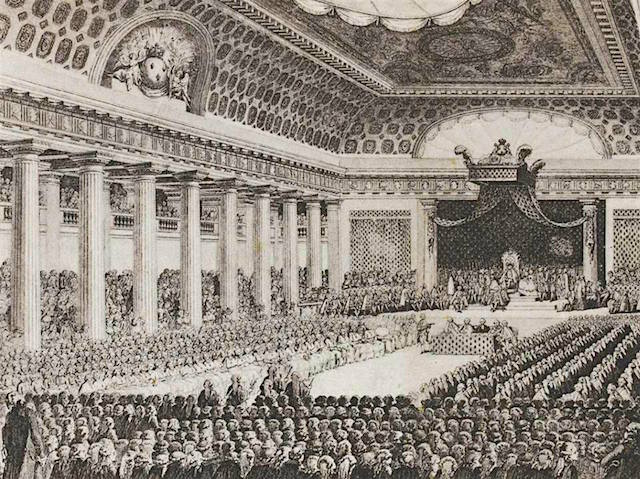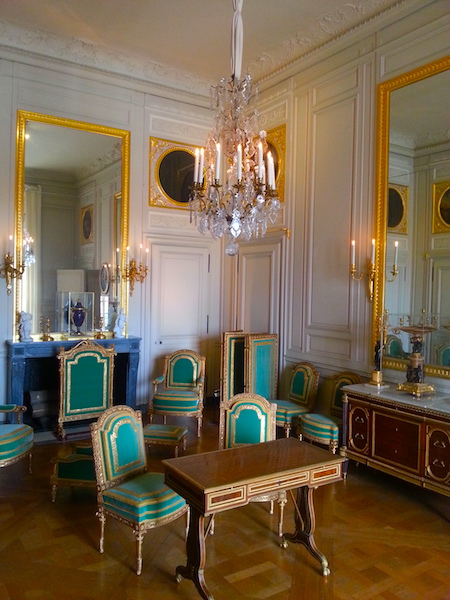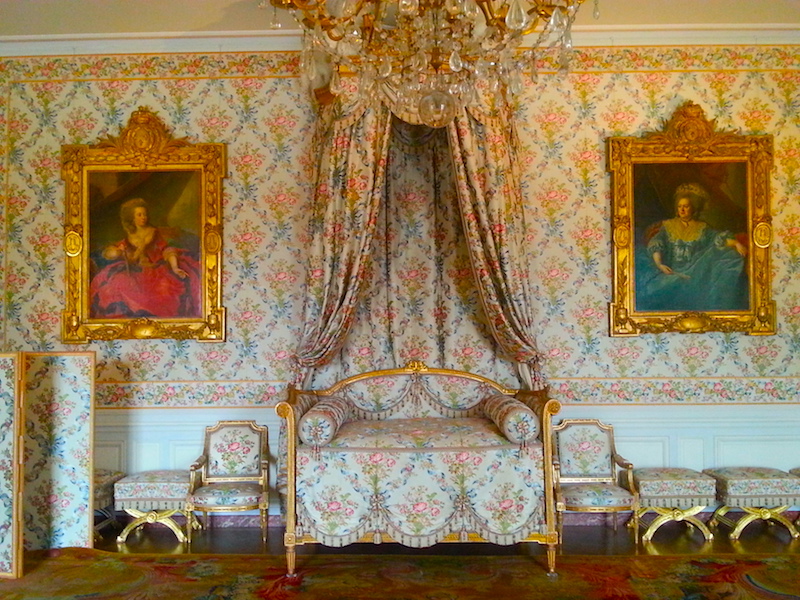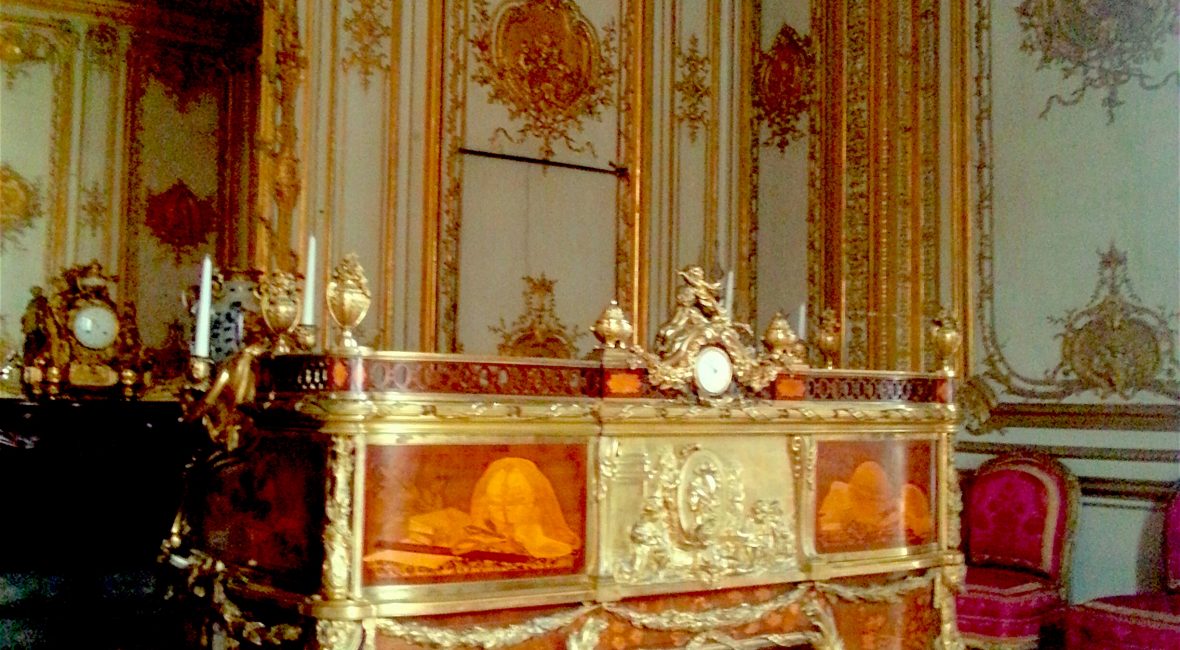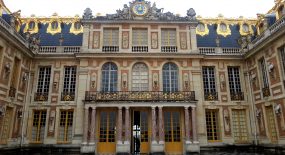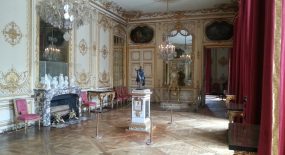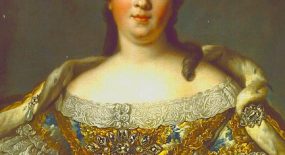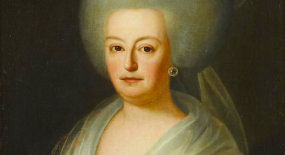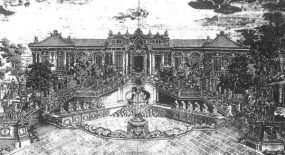Part 4.2 is the second part of Chapter 4.
A Childhood at Versailles consists of the first 5 chapters of the memoirs of Mme de Boigne (1781-1866), née Adèle d’Osmond, who was a French salon hostess and writer. She was born in the Château de Versailles and lived at the court of Louis XVI and Marie-Antoinette until her family fled to England during the Revolution. Later in her long life, she married a rich soldier of fortune 30 years her senior, hosted a brilliant salon in Paris, and became an intimate of the last French queen, Marie-Amélie, consort of King Louis Philippe (r. 1830-1848). Childless herself, Mme de Boigne addressed her memoirs to her grandnephew. The memoirs were not published until 1907, under the title Récits d’une tante, or An Aunt’s Tales. They’ve never been published in English, as far as I know, so I’ve decided to translate the first 5 chapters, the ones that take place mainly at Versailles, and post them here on this blog for interested readers to enjoy for free.
The chapters are quite lengthy, so I’ve broken each one into several parts. In Part 4.2, the author remembers her last meeting with Marie-Antoinette, whose Calvary had begun, in the summer of 1790.
A Childhood at Versailles, Chapter 4, Part 2 (4.2)
After having been entrusted with a commission related to the Dutch refugees in 1788, my father was named minister to the Hague, and he was in that post at the time of our sojourn in England. A quarrel between the Prince of Orange and the French ambassador made the Court of Versailles decide that it would no longer send a minister to Holland. The Republic did not wish to receive anything but an ambassador. This vexation prevented my father from taking up his post; all the more patience was required since he hoped to arrive thereby at the rank of ambassador, which could not be had at the start.
The town of Versailles had reflected on the damage the Court’s absence was causing it. The agitation had calmed, and it regretted the sad days of October. On my mother’s return she could not have been better received by the very people who had railed against her the most at her departure; nonetheless, we did not stay there long. We started by spending the summer at Bellevue, and the following winter we lived in an apartment in the Pavillon de Marsan at the Tuileries.







